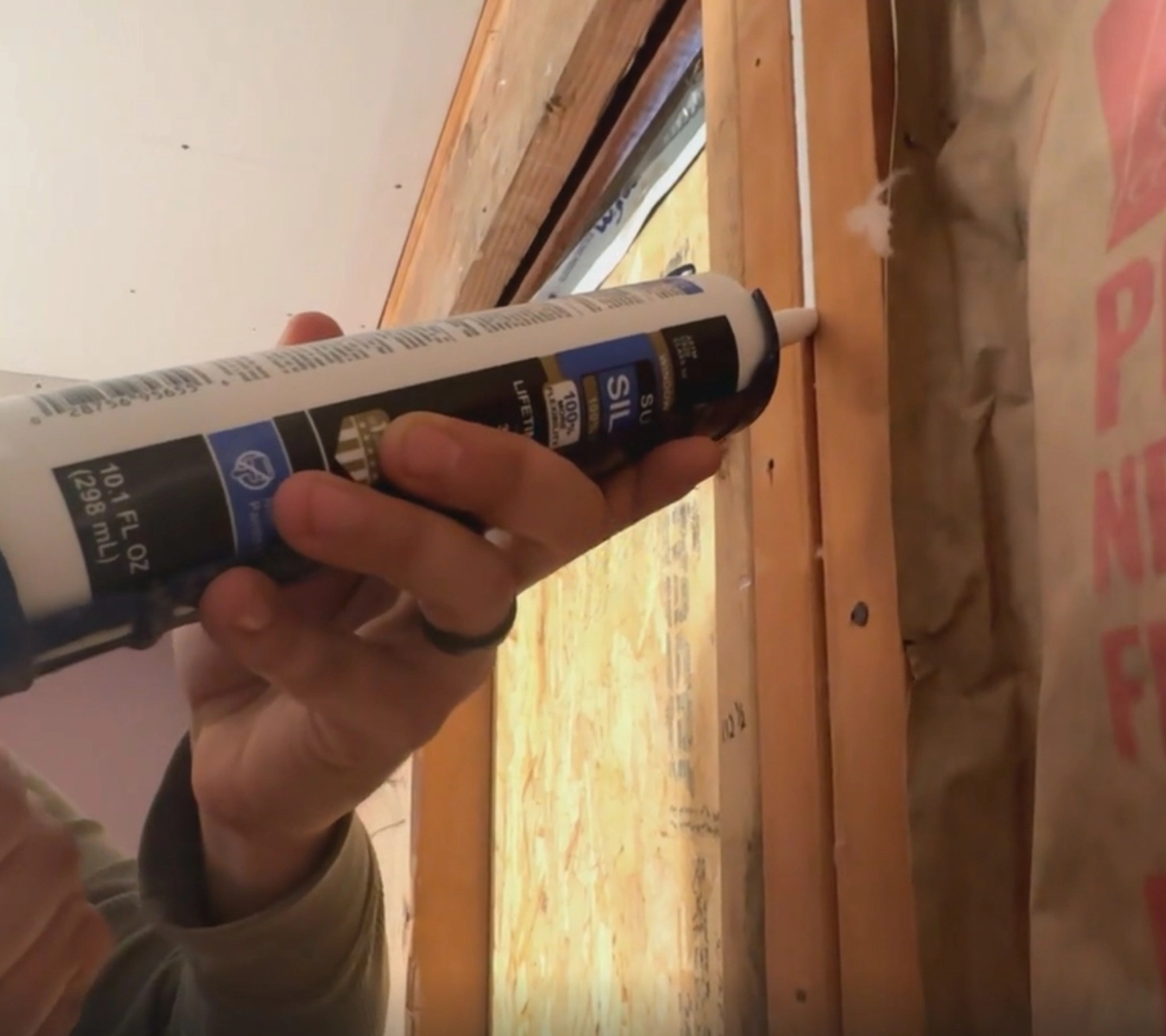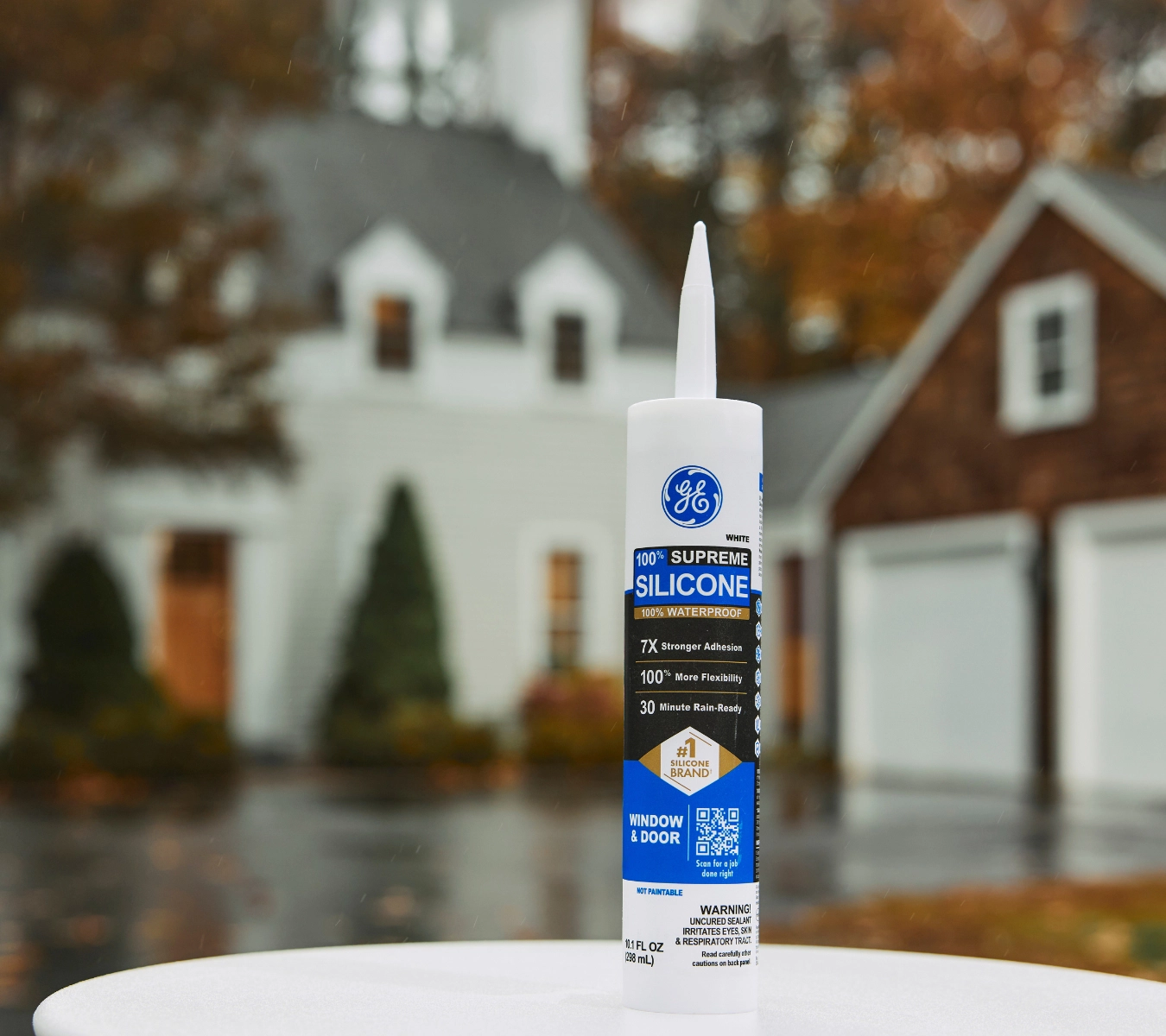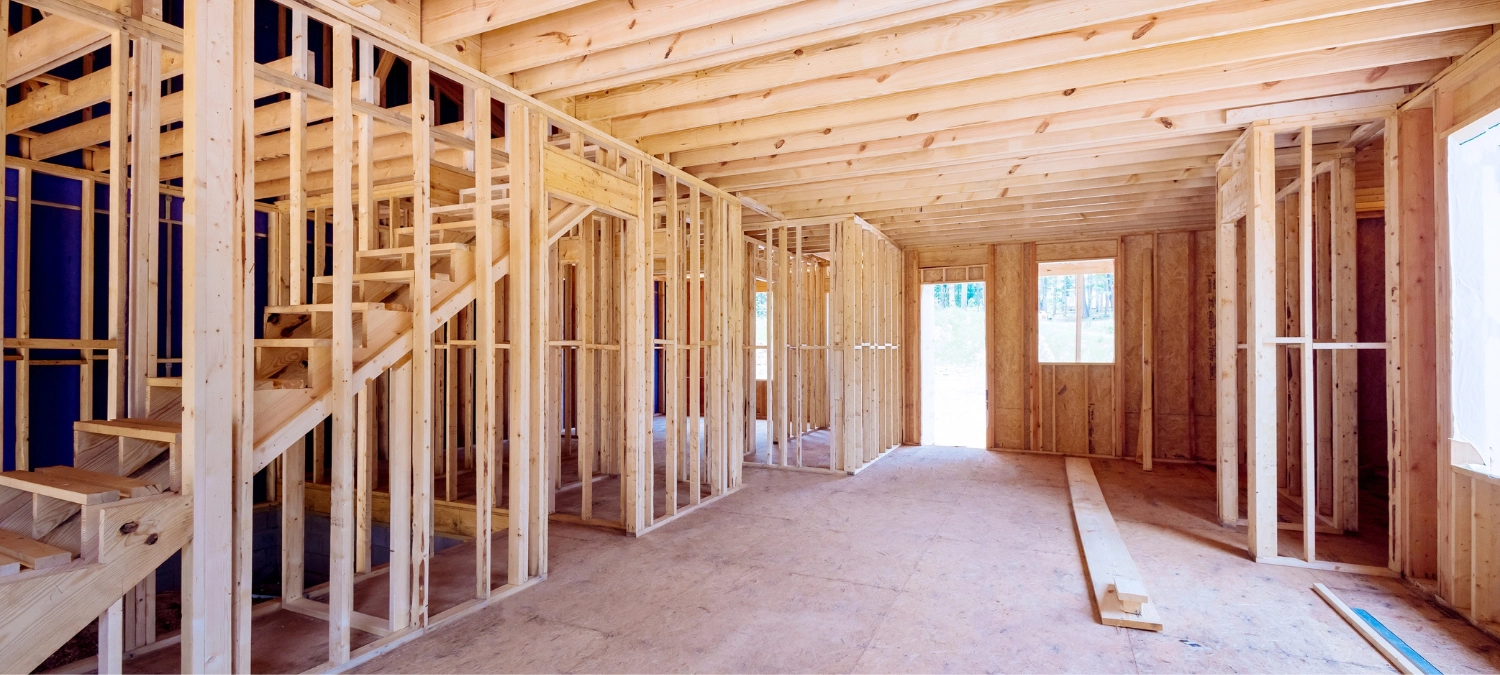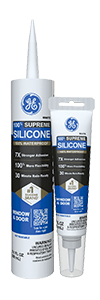When creating energy-efficient, well-insulated homes and commercial buildings, attention to detail during the rough-in stage makes all the difference. Sealing before drywall goes up is a critical yet often overlooked step. Applying a high-quality silicone sealant before drywall installation, particularly around windows and between joints, can significantly reduce air leakage, drafts, and moisture intrusion.
Applying a high-quality silicone sealant before drywall installation, particularly around windows and between joints, can significantly reduce air leakage, drafts, and moisture intrusion.
Why sealing before drywall matters
Once drywall goes up, access to structural joints, framing cavities, and window surrounds becomes limited or impossible. That’s why the rough-in stage is ideal to seal potential air leakage points since everything is still exposed and accessible.
Air leaks compromise HVAC performance and create pathways for moisture to enter wall cavities, increasing the risk of mold, rot, and structural degradation. By sealing before drywall installation, contractors can proactively close off these gaps and prevent expensive problems down the line.

Key areas to apply silicone sealant before drywall installation
Knowing where to apply silicone caulking before drywall installation is as crucial as choosing the proper sealant. Focus your efforts on the following critical zones:
1. Around windows and doors
Window and door openings are notorious for allowing air and moisture infiltration. Use silicone caulking before drywall installation to fill gaps between framing and the window or door unit. This creates a long-lasting, flexible barrier that expands and contracts with seasonal shifts.
2. Top and bottom plates
Gaps between framing and subfloor or ceiling joints can allow unconditioned air to flow through wall cavities. To prevent airflow, apply a continuous bead of silicone caulk along both the top and bottom plates.
3. Stud-to-stud joints and blocking
Small gaps may exist wherever framing members meet, such as inside corners, blocking, or fire stops. A quick run of silicone sealant can fill these in, ensuring they don’t become future leak points.
4. Electrical and plumbing penetrations
Any rough-in for electrical wiring, HVAC, or plumbing that runs through studs, plates, or sheathing should be sealed. This helps maintain pressure boundaries and improves both soundproofing and thermal performance.
5. Exterior wall penetrations
Sealing around vent chases, conduit, and exterior lighting mounts should happen before drywall. These penetrations often create hidden channels for outdoor air and insects to enter.
Why use silicone sealant?
While various sealants exist on the market, silicone sealant before drywall installation is the most effective solution for long-term durability and flexibility. Here’s why:
- Superior flexibility: Silicone can expand and contract with building movement, ensuring seals don’t crack over time.
- Moisture resistance: Silicone is naturally waterproof, making it an excellent barrier against moisture intrusion, especially around windows and doors.
- Excellent adhesion: Silicone bonds to wood, metal, vinyl, and other common framing materials, ensuring reliable performance.
- Longevity: Unlike acrylics or latex sealants, silicone doesn’t degrade quickly, making it a wise choice for concealed joints that won’t be accessible once drywall is installed.

Try GE Supreme Silicone Window & Door Sealant
We recommend using the GE Supreme Silicone Window & Door Sealant, a high-performance silicone sealant perfect for rough-in construction. It’s easy to apply, offers excellent adhesion on a wide range of materials, and holds up over time, making it ideal for sealing before drywall.
Key benefits include:
- Offers 100% more flexibility than Class 25 sealants
- Provides 7x strong adhesion
- Has lifetime mold-free product protection
- It is shrink and crack-proof
Whether sealing windows or joint gaps, this product offers a professional-grade solution that helps you do the job right the first time.
Pre-drywall sealing tips for better results
To make the most of your pre-drywall sealing efforts, follow these professional tips:
- Choose the proper sealant: Not all silicone sealants are created equal. Select a professional-grade product with strong adhesion and compatibility with common framing materials. One trusted option is GE Supreme Silicone Window & Door Sealant, engineered for superior durability.
- Clean surfaces first: Dust, debris, or moisture can compromise adhesion. Make sure the application area is clean and dry before applying any sealant.
- Use a quality caulking gun: A smooth trigger and consistent pressure make a noticeable difference in application quality and speed.
- Don’t skip small gaps: Even small joints, such as the seam between drywall corners and ceiling joints, can contribute to leakage over time. A quick bead of silicone caulk goes a long way.
- Inspect your work: Before drywall goes up, walk the space with a flashlight to double-check sealed areas and catch any missed spots.
The role of silicone sealant in an air sealing strategy
Applying silicone sealant before drywall installation is just one piece of a comprehensive air sealing plan, but it’s a powerful one. Combined with proper insulation, weather barriers, and advanced framing techniques, these measures contribute to a tight, efficient building.
Professional builders are increasingly embracing these steps not only for performance reasons, but also for their impact on customer satisfaction. Occupants notice fewer drafts, quieter rooms, and more consistent indoor temperatures. These results lead to better reviews and fewer complaints.
And from a bottom-line standpoint, sealing before drywall adds minimal labor and material cost when done during rough-in, especially compared to the potential cost of rework or moisture damage remediation later.
FAQ
Why is sealing before drywall installation necessary?
Sealing before drywall installation is a proactive step to prevent air leaks, drafts, and moisture intrusion. It ensures joints, window perimeters, and wall penetrations are airtight before they become inaccessible behind drywall. This improves energy efficiency, indoor comfort, and long-term durability.
What areas should I focus on when sealing before drywall goes up?
Key areas include windows and doors, top and bottom wall plates, stud-to-stud joints, electrical and plumbing penetrations, and exterior openings. These are the most common places for air and moisture infiltration.
Is silicone sealant better than using other sealants?
Silicone sealant is preferred for its flexibility, moisture resistance, and long-term adhesion. Unlike acrylic or latex alternatives, silicone won’t shrink or crack over time, making it ideal for pre-drywall sealing in residential and commercial builds.
Does sealing before drywall installation help with soundproofing?
Yes. In addition to reducing air leaks, silicone sealant also helps minimize sound transmission through gaps in framing. While not a complete soundproofing solution, it’s essential to improving your space.


